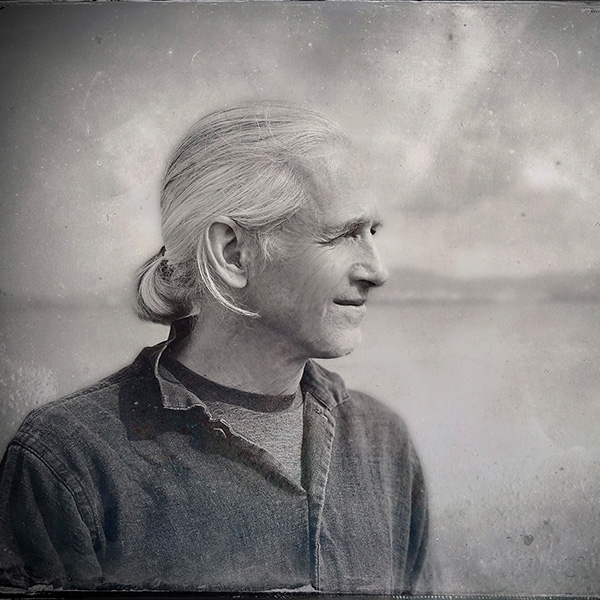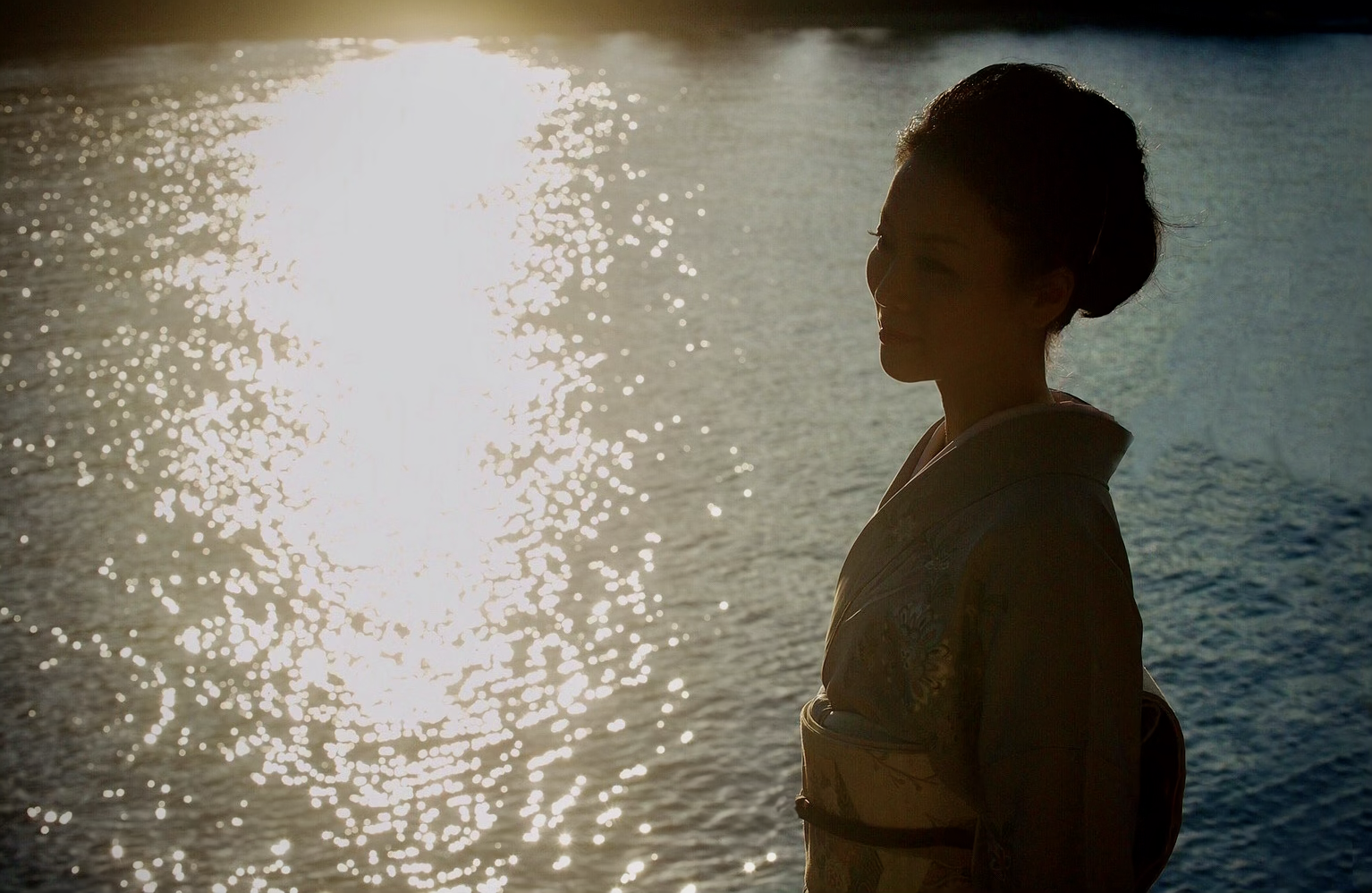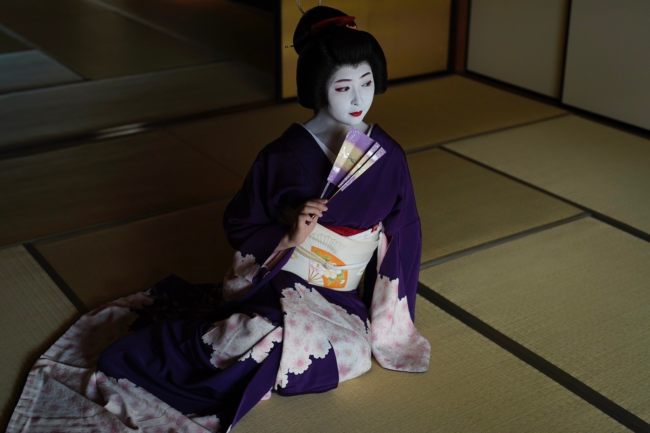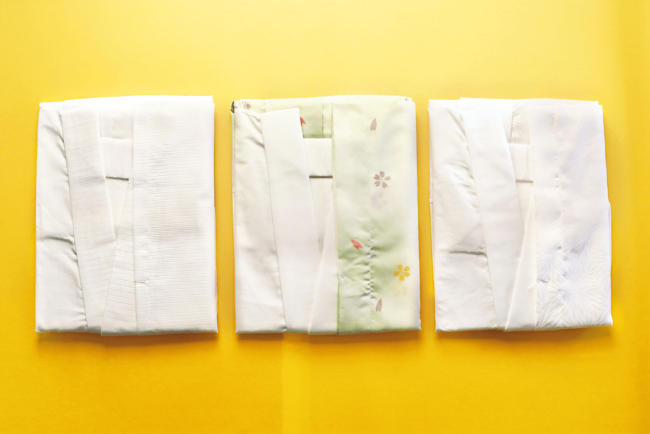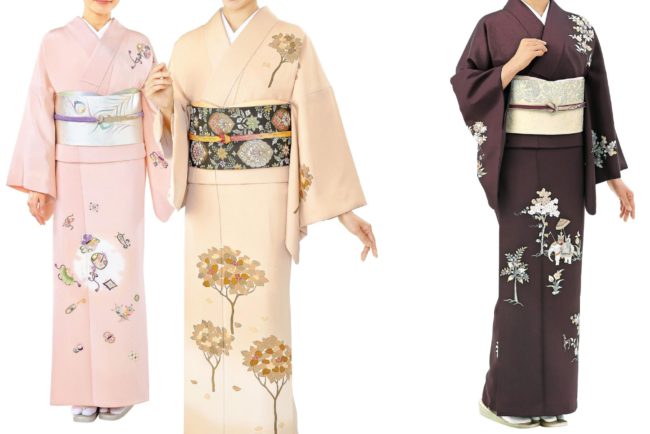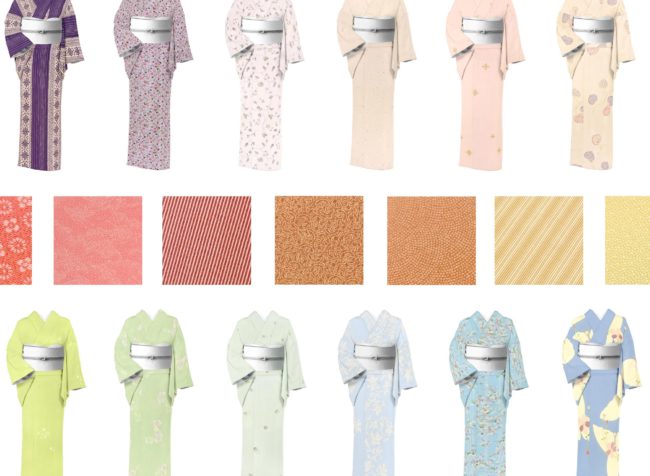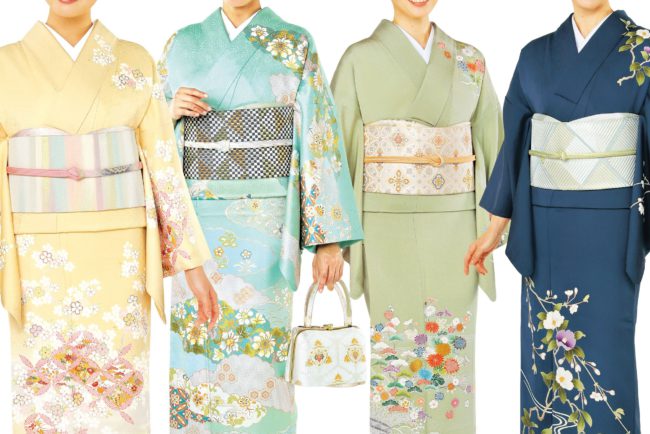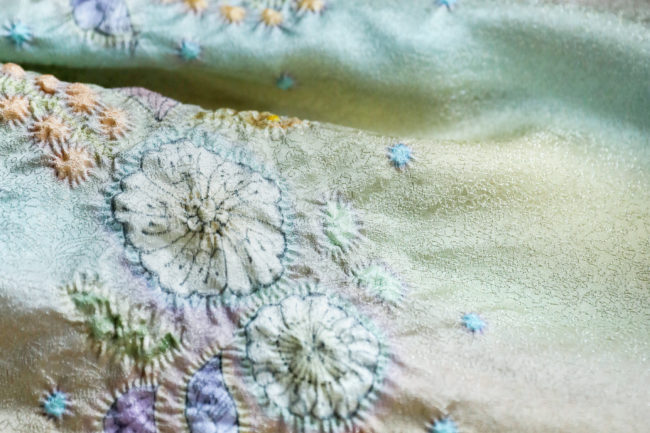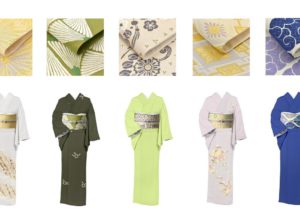
美と文化の泉がひそむ 「Junko Sophieの秘伝京都」vol.2 │ “Junko Sophie’s Hidden Kyoto” │ 「潤子索菲的私密京都」
さまざまな美の発見と日本文化の奥座敷への探求、京都で暮らす女性としての新しい視点。今回は「京都の水」について。清め、悠久、変化のシンボルである「水」と「京都」の関係性とは― 日本語・英語・中国語、三か国語にてお読みいただけます。
目次
- 【1】 京都の水ー文化と美の源泉 / Seeking the Fountain of Beauty and Culture in Kyoto / 優質的水孕育了京都的文化和美
- 【2】 清め-悠久-変化のシンボル / The Flow of Water Symbolizes Purification, Eternity and Change. / 水的流動象徵著淨化、永恆和變化
- 【3】 今回訪ねた場所 / Some of My Favorite Places / 我最喜歡參訪的一些地方
- 【4】 装いについて / My Choice of Kimono of the Day / 這次我選擇的和服
- 【5】 今回の湿板光画 / The Wet Plate Collodion of This Time / 這次的濕板攝影藝術作品
- 【6】 おいしい京都 / Introducing Junko Sophie’s Delicious Kyoto / 介紹潤子索菲的美味京都
シェア
BACK NUMBERバックナンバー
-

2022.12.07
連載記事
ロンドンでの新しい楽しみ方 「Junko Sophieの秘伝ロンドン」Vol.20(最終回) │ Junko Sophie’s Hidden London │潤子索菲的私密倫敦
-

2022.11.09
連載記事
足るを知る心「Junko Sophieの秘伝京都」Vol.19 │ Junko Sophie’s Hidden Kyoto │潤子索菲的私密京都
-

2022.10.18
連載記事
インドの神々への献茶 「Junko Sophieの秘伝インディア」Vol.18 │ Junko Sophie’s Hidden India │潤子索菲的私密印度
-

2022.09.08
連載記事
”静”と”動”の彩り「Junko Sophieの秘伝インディア」Vol.17 │ Junko Sophie’s Hidden India │「潤子索菲的私密印度」
-

2022.08.15
連載記事
京都とインドが溶け込んで 「Junko Sophieの秘伝インディア」Vol.16 │ Junko Sophie’s Hidden India │「潤子索菲的私密印度」│ L’Indie Secret de Junko Sophie
-

2022.08.04
連載記事
インドの結婚式で京都文化サロンを(後編) 「Junko Sophieの秘伝インディア」Vol.15 │ Junko Sophie’s Hidden India │「潤子索菲的私密印度」│ L’Indie Secret de Junko Sophie
-

2022.08.04
連載記事
京友禅サリーで、夢のようなインドの結婚式へ(前編)「Junko Sophieの秘伝インディア」vol.14 │ Junko Sophie’s Hidden Inidia │「潤子索菲的私密印度」│ L’lnde Secret de Junko Sophie
-

2022.08.04
連載記事
文化として開花した”CHA” 「Junko Sophieの秘伝京都」vol.13 │ “Junko Sophie’s Hidden Kyoto” │ 「潤子索菲的私密京都」│ Le Kyoto Secret de Junko Sophie
-

2022.08.04
連載記事
もてなし、もてなされの”妙”「Junko Sophieの秘伝京都」vol.12 │ Junko Sophie’s Hidden Kyoto │「潤子索菲的私密京都」│ Le Kyoto Secret de Junko Sophie
-

2023.04.04
連載記事
桜の秘めごとと”もののあはれ”「Junko Sophieの秘伝京都」vol.11 │ Junko Sophie’s Hidden Kyoto │「潤子索菲的私密京都」│ Le Kyoto Secret de Junko Sophie
-

2022.09.09
連載記事
“異国美”の都「Junko Sophieの秘伝京都」vol.10 │“Junko Sophie’s Hidden Kyoto” │「潤子索菲的私密京都」│ Le Kyoto Secret de Junko Sophie
-

2022.01.08
連載記事
福来たる初春と、和歌の極意「Junko Sophieの秘伝京都」vol.9 │ Junko Sophie’s Hidden Kyoto │ 潤子索菲的私密京都 │ Le Kyoto Secret de Junko Sophie
-

2021.12.10
連載記事
魯山人と”間”の文化 「Junko Sophieの秘伝京都」vol.8|Junko Sophie’s Hidden Kyoto | 潤子索菲的私密京都 │ Le Kyoto Secret de Junko Sophie
-

2021.11.30
連載記事
インドでよみがえる、京都の美の秘密 「Junko Sophieの秘伝京都」番外編 l Junko Sophie’s Hidden Kyoto
-

2021.11.29
連載記事
“小さきもの、数少なしは心深し”の秋 「Junko Sophieの秘伝京都」vol.7 │ Junko Sophie’s Hidden Kyoto │ 潤子索菲的私密京都 │ Le Kyoto Secret de Junko Sophie
-

2021.11.09
連載記事
古都の香りをまとう暮らし「Junko Sophieの秘伝京都」vol.6 │ Junko Sophie’s Hidden Kyoto │ 潤子索菲的私密京都 │ Le Kyoto Secret de Junko Sophie
-

2021.09.21
連載記事
月夜とやつしの美 「Junko Sophieの秘伝京都」vol.5 │ “Junko Sophie’s Hidden Kyoto” │ 「潤子索菲的私密京都」
-

2021.10.27
連載記事
涼をとるしかけ 「Junko Sophieの秘伝京都」vol.4 │ “Junko Sophie’s Hidden Kyoto” │ 「潤子索菲的私密京都」
-

2021.08.05
連載記事
“ハレとケ”のメリハリ 「Junko Sophieの秘伝京都」vol.3 │ “Junko Sophie’s Hidden Kyoto” │ 「潤子索菲的私密京都」
-

2021.08.05
連載記事
美と文化の泉がひそむ 「Junko Sophieの秘伝京都」vol.2 │ “Junko Sophie’s Hidden Kyoto” │ 「潤子索菲的私密京都」
-

2021.08.05
連載記事
京都の魔法に導かれて「Junko Sophieの秘伝京都」vol.1 │ “Junko Sophie’s Hidden Kyoto” │ 「索菲潤子的私密京都」
LATEST最新記事
RANKINGランキング
-

まなぶ
半衿(はんえり)とは?着物との組み合わせ方・選び方や縫い付け方法まで解説
-

まなぶ
名古屋帯とは?袋帯との違いと種類ごとの使い分け・最適な仕立て方まで解説
-

まなぶ
肌襦袢(はだじゅばん)とは?長襦袢との違いは何?
-

まなぶ
着物の種類と、初めての着物を「付け下げ」にするべき5つの理由
-

まなぶ
留袖とは?結婚式などフォーマルな場での黒留袖の着用マナーと柄の選び方
-

まなぶ
小紋・江戸小紋とは?柄の種類や選び方【着物の種類 基本中のき!カジュアル編②】
-

まなぶ
着物の下着は何を着ればいい?おすすめのブラ・ショーツ・下着を紹介!
-

まなぶ
「訪問着」を徹底攻略!~6つのお悩み実例・解決いたします〜
-

まなぶ
辻が花とは?幻と称される染め物の特徴をご紹介
-

まなぶ
袋帯の多様な種類 丸帯・袋帯・洒落袋帯 シーンや着物に合わせたコーディネート解説
































